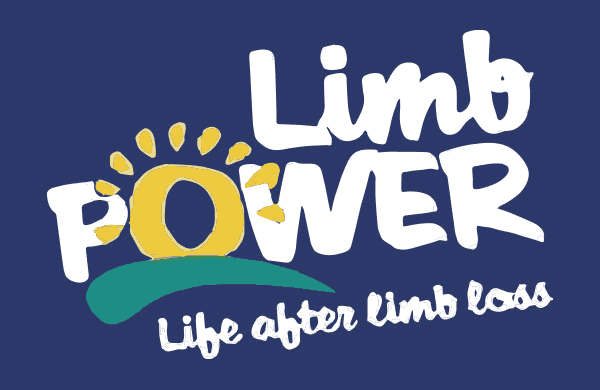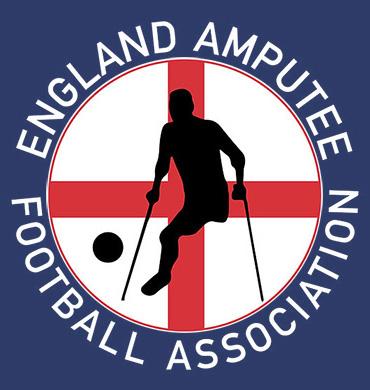We all have fitness goals at some point in our lives, whether it’s to get fit for your wedding day, your honeymoon, or the summer months – we’ve all probably tried a variety of diets and exercise regimes to help us reach our goals faster.
But sometimes, if we don’t see results almost immediately, we either give up altogether or over-exercise – to a point where you could be doing more harm than good for your body.
This blog post is to help you understand just how much the average adult should be exercising and how long you need to stick it out until you’re getting the results you want!
What is over-exercising?
Exercising has been proven to make you feel happier – helping to reduce stress, depression and anxiety, and can even improve cardiovascular health. Research conducted by Yale and Oxford recently found that exercise can also make you happier than money!
With that in mind, doing more exercise seems like it would be better for you, right? Wrong.
According to the NHS guidelines, adults should be active every day and aim to fit in at least 150 minutes of moderate-intensity activity a week or 75 minutes of vigorous-intensity exercise a week.
If you’re currently exercising drastically beyond 150 minutes, you could be in for a shock, according to a post published by Business Insider:
“A study showed that women were less likely to have a heart attack or stroke if they were physically active at least once a week. But that risk of heart attacks and strokes shot up for women who exercised strenuously every day.”
But how long do you need to exercise to see results? Keep reading below.
When you exercise, do your feet take the brunt of the force? Is there friction between your skin and your shoe causing blisters? If you’re a typical sufferer from blisters, PelliTec’s blister prevention pad can help heal and prevent blisters from occurring.
How long does it take to see results from exercise?
If you’re wondering ‘how quickly will I see results from exercising?’ the simple answer is: it depends on what your fitness goals are. Maybe you want to lose weight, tone up your body, increase overall stamina or build muscle – or perhaps you want to do all four?
If you’re starting on your fitness journey, you should focus on achieving one goal at a time – that goal might be to work up to completing a full workout or finishing the exercise a little quicker.
Starting slow and setting small goals can keep you feeling motivated as you witness your progress within a matter of weeks.
With exercise such as swimming, you can expect to notice weight loss results if you dedicate seven hours a month to swimming (roughly 2.5 hours a week) – this would help you hit the NHS activity guidelines of 150 minutes.
If you’d prefer to keep dry on land, why not try out HIIT training? You can see physical changes to your body within just two weeks of intense workouts.
Although you should focus on the small wins, for now, you should always have a bigger picture in mind – running a 10k race, fitting into your tight jeans again – or just feeling confident in a swimsuit or a bikini. You should always focus on the bigger picture and work out from your consistent progress when this bigger goal is realistically achievable.
Consistency is crucial to achieving your goals – aim to work out 30 minutes for five days a week – this will help you hit that NHS guideline of 150 minutes a week.
Are blisters stopping you from achieving your fitness goals? Don’t let them ruin your journey – buy PelliTec blister prevention pads and say goodbye to sore feet!



